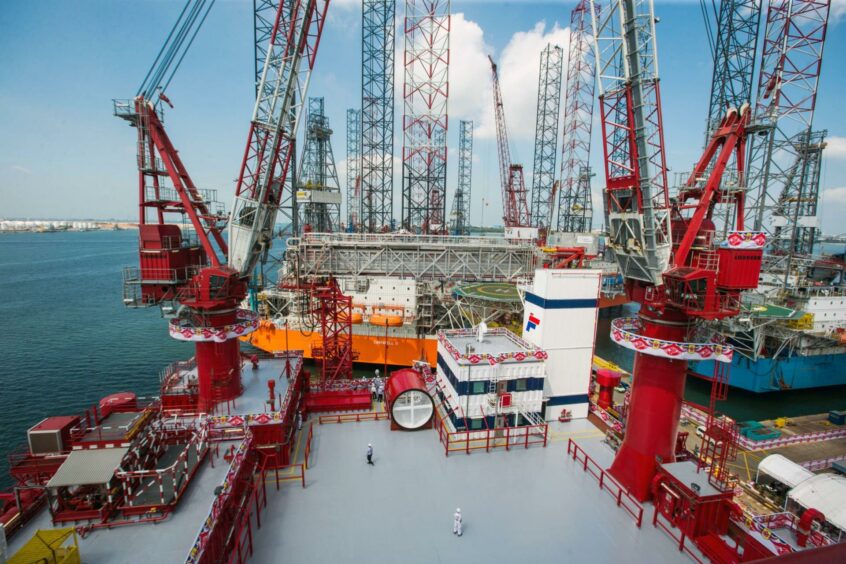
The deadline for a transformative yard merger deal in Singapore between Keppel Corporation and Sembcorp Marine is just days away.
Shares of both companies have surged on expectations they will decide on combining their oil rig businesses into a separate entity by the end of April, with some expecting further gains. Sembcorp has jumped 50%, while Keppel is up almost 30% as the third-best performer on the benchmark Singapore index.
The combination of Keppel Offshore & Marine (O&M) and Sembcorp Marine will create a stronger and more competitive global player that can capitalise on growing opportunities amid the energy transition, claim the proponents of the merger deal. It is expected that the merged entity would be able to accelerate the companies’ pivot towards renewables and clean energy.
Amid years of low oil prices, shipyards in Asia have been consolidating and cutting jobs as orders for oil rigs and production facilities slumped. Keppel and Sembcorp Marine entered into talks last year to combine and win more work in the renewable energy sector, which will cut their reliance on the fossil fuel market.
“It is a very complex transaction and it has taken a bit of time for both sides,” Loh Chin Hua, Keppel’s chief executive officer, said in a quarterly briefing call on Thursday. “We’re making good progress.”
“The shares could re-rate if the Sembcorp deal comes through,” Terence Chua, an analyst at Phillip Securities Research Pte., said referring to Keppel’s stock. “The value of the Keppel group without the offshore and marine business should increase as working capital will reduce, as will the conglomerate discount.”
Keppel, a property developer and owner of the world’s largest oil-rig builder, plans to distribute shares it receives from the merged company to shareholders. The offshore and marine unit contributed about a quarter of Keppel’s revenues in 2021 but posted losses for a second straight year.
Sembcorp Marine has run losses for four straight years.
Keppel is among Singapore’s state-linked firms restructuring to become asset-light or foray into new economy sectors. The company, founded in 1968, aims to simplify its business by 2030 and manage offshore energy projects and infrastructure assets.